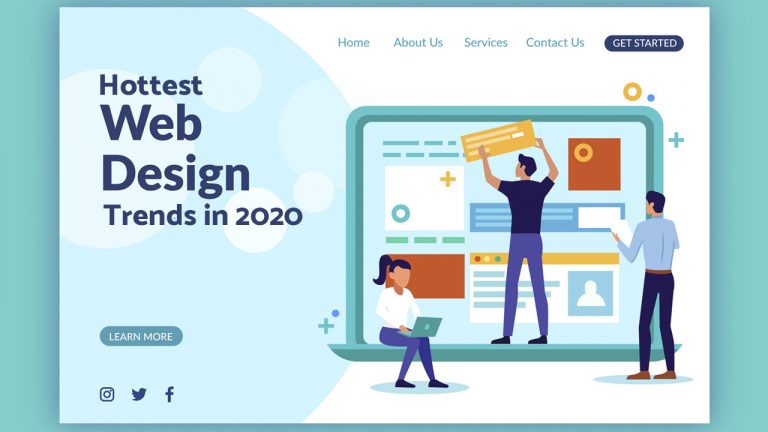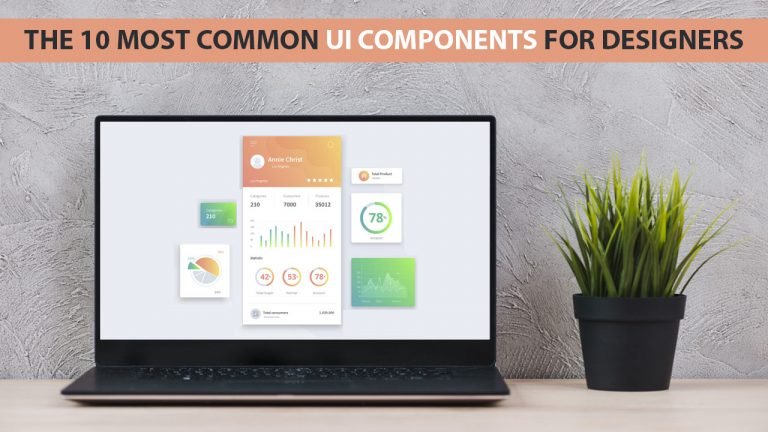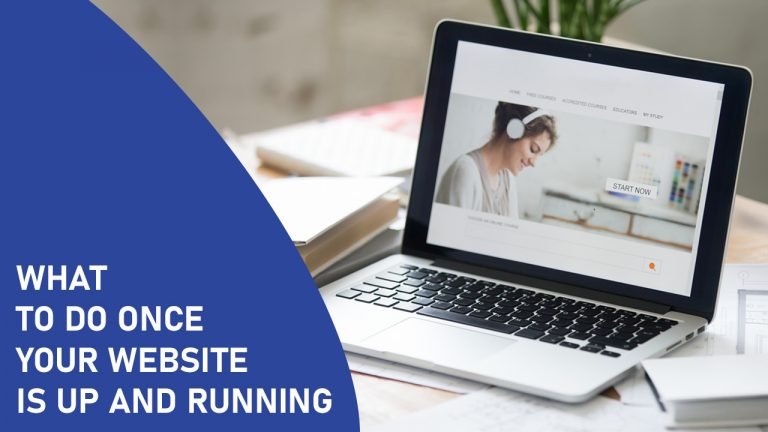If you run a business, one of the most critical parts of that business – certainly in terms of marketing and potentially in terms of income too – is the website. Twenty years or so ago, websites were less common, and that was simply because they weren’t needed quite…








